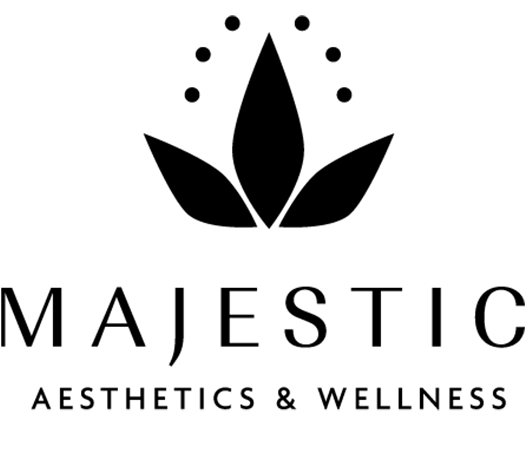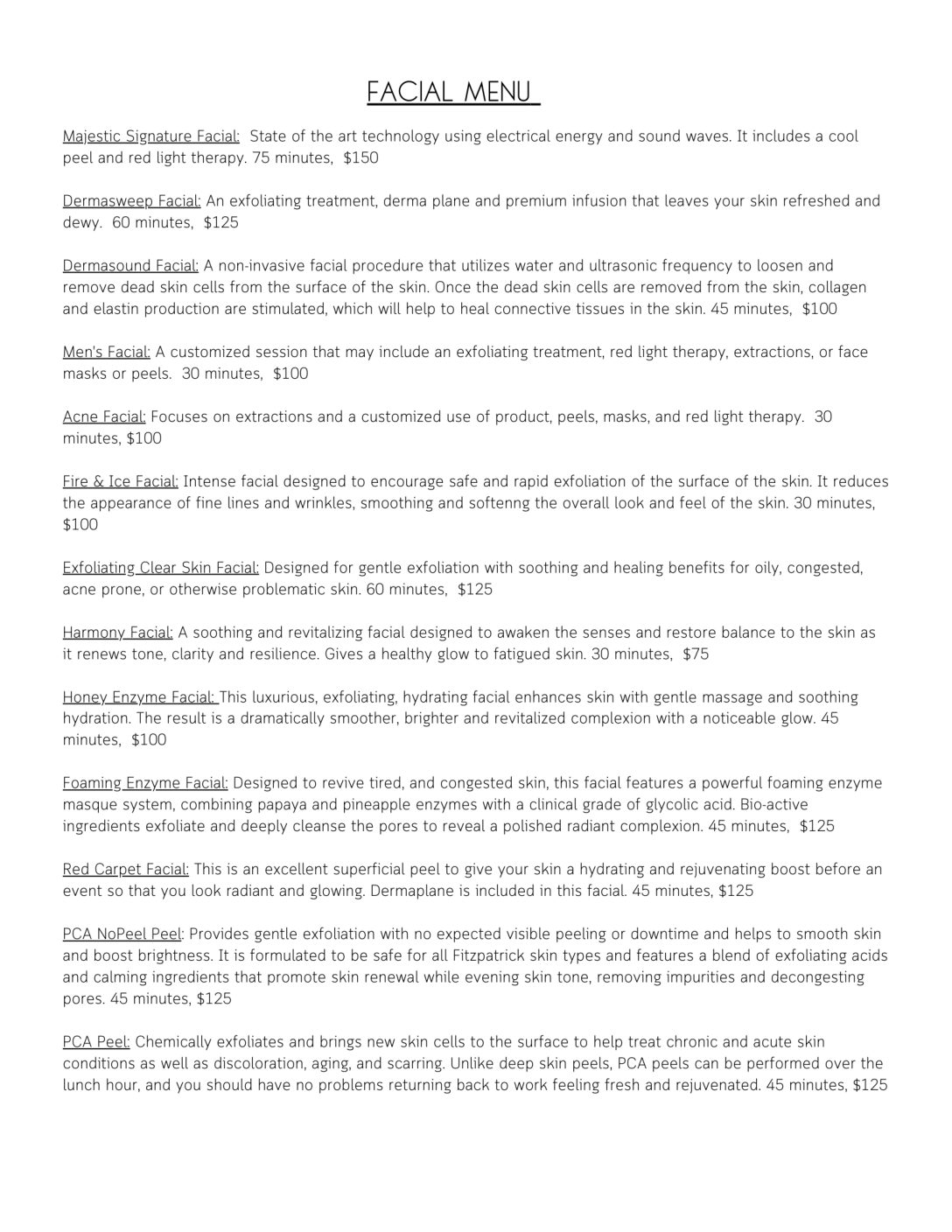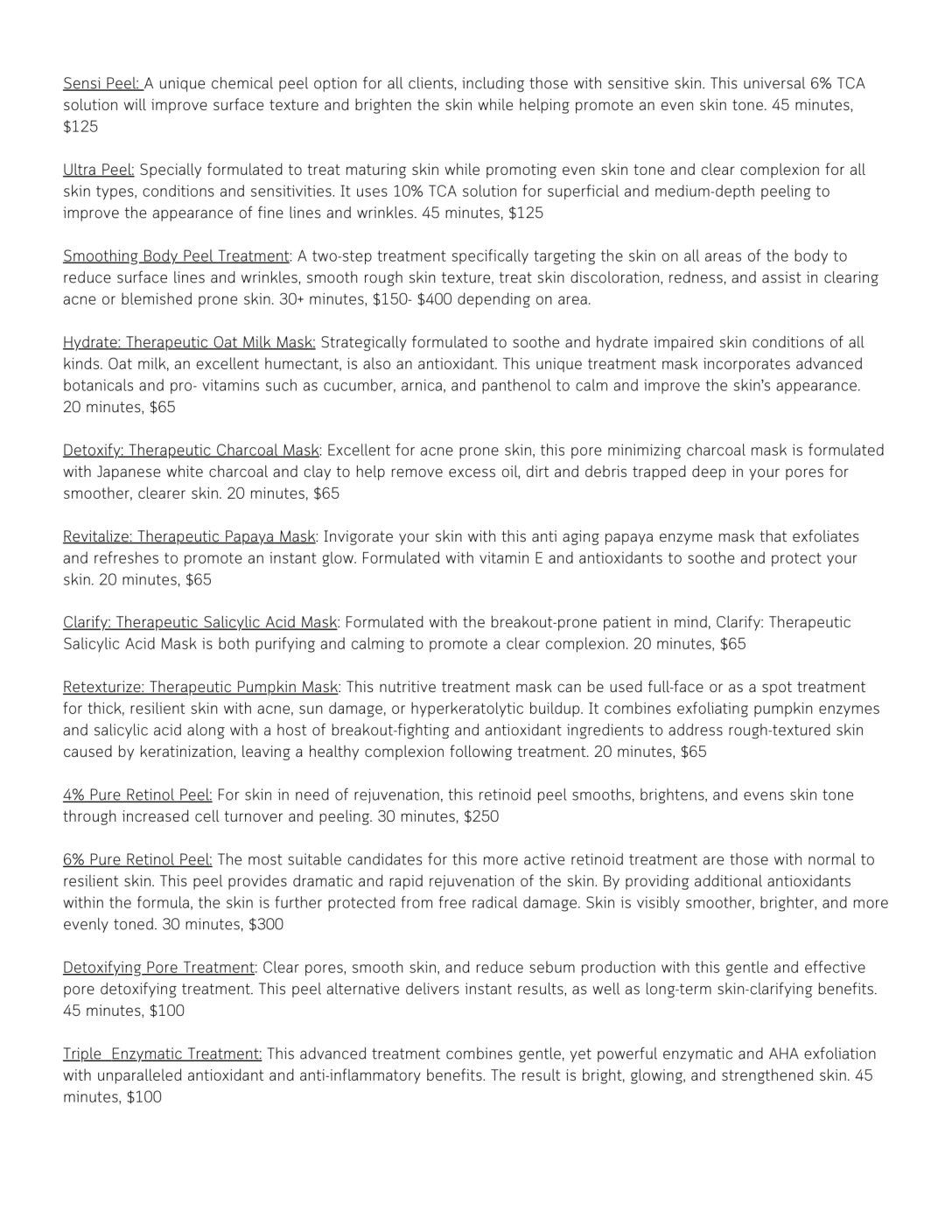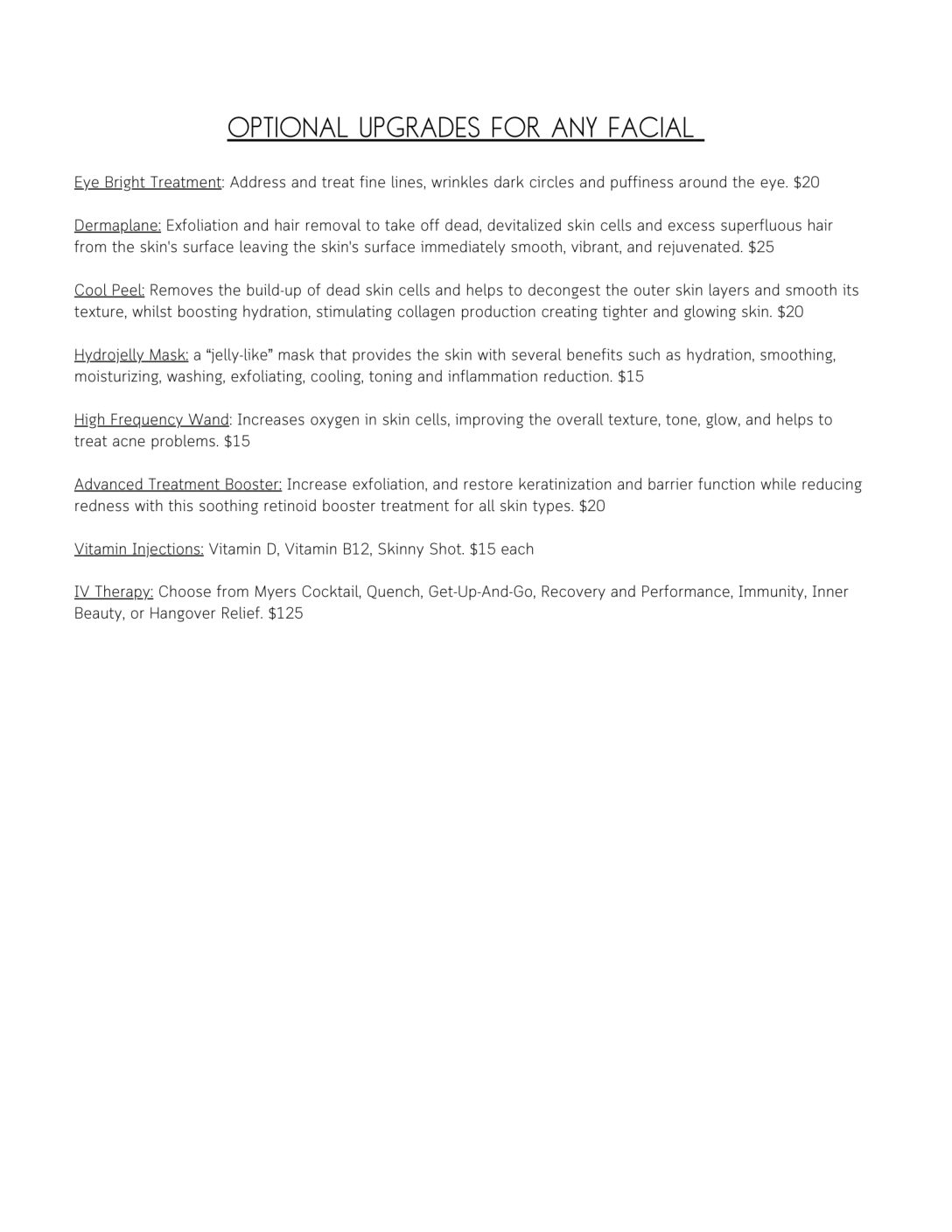We have to realise that sunlight can be broken down into healing light as well as damaging light. The damaging light tends to be on the blue side of the rainbow – and the ultra-violet section, whereas the healing lights are on the orange red side of the rainbow. This is something that fascinates me.
We concentrate on the ultra-violet rays because of course they are particularly damaging. However, blue light I believe has important damaging effects that people tend to forget about. Blue light is the colour that causes blindness because these rays can get to the retina whereas ultra-violet light cannot. The degeneration of the retina occurs as a result of the free radicals that blue light induces on the retina. That is why some manufacturers have made “Blue-Blocker” sunglasses to protect the retina from blue light. The lens is damaged by ultra violet light, which is why it is essential to wear UV-blocking sunglasses as well.
We do need sunlight because by some as yet undiscovered reflexes, the mood centre of the brain is definitely stimulated to be happier. Wounds also heal better when exposed to sunlight. So sunlight is good for us and I believe these beneficial effects are mainly through the reddish colours.
However, UV light is also good for us. We make vitamin D from UV-B light and we only need about five minutes of sunlight a day on a limited area – e.g. the face, an arm or so to make adequate levels of vitamin D. What most people don’t know is that UV-A light destroys vitamin D once it has been made in the skin. It normally takes about 20 minutes to convert
pre-vitamin D into active vitamin D in the skin. Active vitamin D is sensitive to UV-A light and so if you want to be healthy, then you should not stay longer than 20 minutes in the sunlight!
Another vitamin that is destroyed by sunlight is vitamin A. Again UV-A destroys this vitamin. Both Vitamin A and D are in fact hormones, so the loss of them through sunlight is a very important fact. They also work together to make healthy skin. Vitamin A destruction is the key event in the damage that eventually leads to aged skin. Vitamin A selectively prevents various chemical events induced by sunlight, and in that way prevents photo-damage.
Exposure to sunlight also diminishes the natural antioxidant network in the skin and as a result the skin cannot de-toxify free radicals, so the skin is damaged even further.
The most important message for people to understand is that this damage is cumulative and the strongest sunscreen cream does not stop the damage from occurring. None of us should ever specifically lie in the sun to get a tan. When we play sports or climb mountains etc we should bear in mind that we have to limit our exposure to the sun, and definitely re-apply our sunscreen. We musty never trust sunscreen! However, we have to enjoy our lives and that invariably means being exposed to sunlight, so we have to protect ourselves as well as we can AND try and minimise the loss of vitamin A and the antioxidants, or replace the vitamin A and antioxidants every day.
The replacement of these essential vitamins allows us to enjoy life, and be exposed to sunlight, and reduce the damage from being in the sun. The best way to replace these vitamins is by topical application so scientific cosmetics that take these essential points into account are the most useful way to keep your skin healthy.






